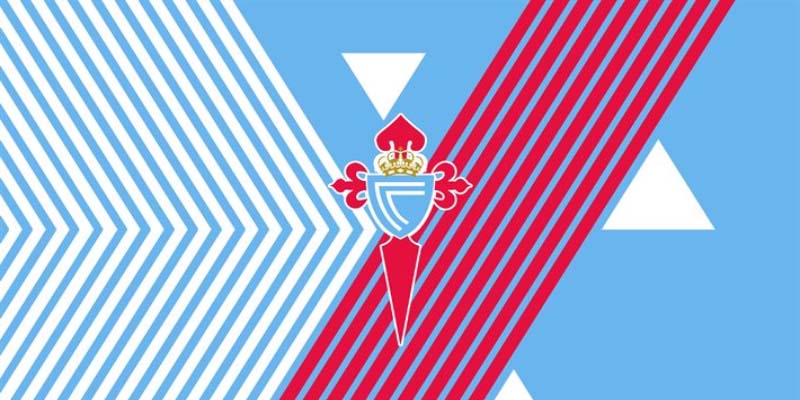Celta Vigo is a professional football club based in Vigo, Galicia, Spain. Established in 1923, Celta Vigo has become synonymous with regional pride, rich culture, and deep-rooted traditions. The club’s history is intertwined with its identity, making it one of the most cherished institutions in rr88 Spanish football. This blog post will take you through the journey of Celta Vigo, exploring its history, key players, role in Spanish football, achievements, and its future prospects.
Exploring Celta Vigo FC
Celta Vigo’s foundation dates back to the early 20th century when local clubs began to emerge across Spain. In this section, we will delve deeper into the club’s origins, its evolution over the years, and its significance within both regional and national contexts.
Origins of Celta Vigo
The roots of Celta Vigo can be traced back to a merger between two local clubs, Real Vigo Sporting and Club Celta de Vigo, in 1923. The name “Celta” was derived from the Celtic heritage of the Galician region. This unique history gave birth to a club that not only represented the city of Vigo but also embodied the cultural ethos of Galicia.
The blending of these two clubs created a platform for local talent to thrive. It fostered a sense of community and belonging among fans, who supported their team with unwavering loyalty. The early years of Celta Vigo were marked by participation in regional competitions, setting the stage for its eventual entry into the national leagues.
Evolution Through the Decades
As the decades progressed, Celta Vigo witnessed significant changes. The club gained promotion to La Liga in the 1930s, marking its arrival on the national stage. The post-war era saw the club oscillating between divisions, facing challenges typical of many teams during that time. Yet, Celta’s resilience stood out, as the club consistently attracted passionate supporters who filled the stands of Balaídos Stadium.
In the late 20th century, Celta Vigo enjoyed a golden period, culminating in their ascent to prominence in Spanish football. The advent of the 1990s brought about a surge in competitiveness, with Celta becoming a regular contender in La Liga, showcasing flair and attacking football, influenced by celebrated coaches and skilled players.
Cultural Impact of Celta Vigo
Celta Vigo has always been more than just a football club; it symbolizes the spirit of Galicia. With a tradition steeped in music, art, and folklore, the club has integrated elements of Galician culture into its identity. The blue and white colors of the team’s jersey evoke the ocean surrounding the region, while the club’s anthem resonates deeply with its followers.
The camaraderie among fans, known as “Celtistas”, transcends mere support for the team. It creates a familial atmosphere where generations come together to celebrate their shared passion for football. This cultural impact extends beyond match days, as Celta actively engages with the community, hosting events, and youth programs designed to nurture the next generation of players.
History and Legacy
To understand Celta Vigo’s current position in Spanish football, it’s essential to examine its rich and varied history. The legacy of Celta Vigo is one forged through triumphs, tribulations, and an unwavering commitment to excellence.
Early Years and Formation
Following its formation in the 1920s, Celta Vigo faced a myriad of challenges as it navigated through Spain’s evolving football landscape. The initial years saw the club participate in regional leagues, gradually gaining recognition.
However, it wasn’t until the late 1930s that Celta made a significant impact, securing promotion to the newly formed La Liga. The early league campaigns were marred by instability, with the club frequently fluctuating between divisions. Nevertheless, these formative years laid the groundwork for the club’s future success, as young talents began to emerge.
Triumphs of the 90s and Beyond
The 1990s proved transformative for Celta Vigo. Under the guidance of visionary coaches, the club developed an attractive style of play that captivated fans and garnered national attention. Key players emerged during this period, including the likes of Mostovoi and Karpin. Their contributions elevated the team to new heights, with Celta qualifying for European competitions, bolstering its status on the continental level.
This era was characterized by historic moments, including memorable matches against arch-rivals. Celta’s qualification for the UEFA Champions League was a watershed moment, providing the club with a platform to showcase its talents on the European stage.
Resilience and Challenges
Despite the successes, Celta Vigo has also faced its fair share of struggles. The club experienced relegation battles that tested the resolve of players and fans alike. Yet, every setback served as a learning experience, reinforcing the dedication needed to rebuild and emerge stronger.
Supporters remained steadfast during difficult times, echoing the sentiment that “once a Celtista, always a Celtista.” This loyalty has played a crucial role in fostering a sense of unity, encouraging the club to remain committed to its values while striving for greater achievements.
Conclusion
Celta Vigo FC stands as a testament to the resilience, passion, and cultural richness of Galicia. Its journey through the realms of football has been marked by highs and lows, victories and challenges, all of which have shaped the club’s identity. As Celta looks toward the future, it carries with it the hopes and dreams of its dedicated fanbase.
